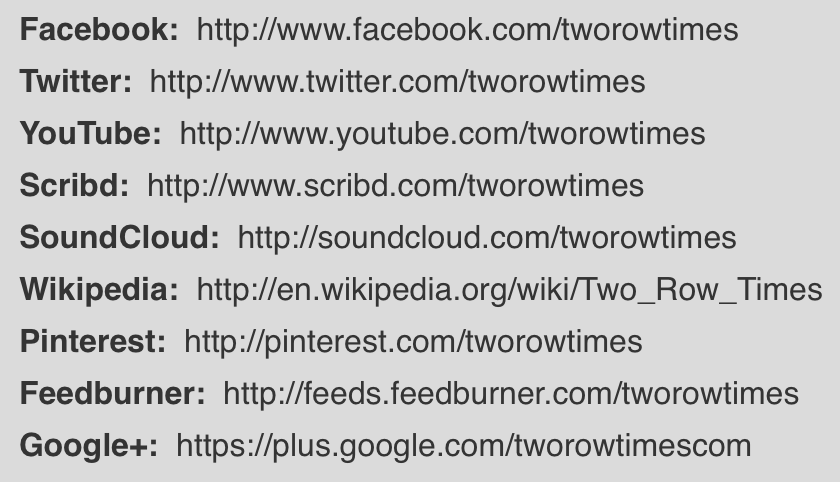The two links below both concern fashion, representation of Indigenous people, and the use of social media.
Got Land? Thank an Indian
A Saskatchewan school created a controversy when they disallowed teenager Tenelle Star, a member of the Star Blanket First Nation, from wearing her sweat shirt which read “Got Land?” on the front, and “Thank an Indian” on the back to school. After discussions with the school board, and First Nations leaders, the she was permitted to wear her shirt. But, the student was harassed on social media, and eventually her parents felt it was safer for her to close her Facebook account.
https://www.youtube.com/watch?v=2nm_KFyyYLo
Tactless T-shirts by Big Retailers
Vans
Vans was selling a t-shirt with an image of a beer can totem pole. A Métis man from Vancouver, Chad Girardin, created a social media campaign via a Change.org petition. The petition asked Vans to remove the “Wizard Totem” shirt, and requested a formal apology. The shirt was removed from the shelves.
Gap
“Manifest Destiny was the catch phrase which led to the genocide of millions of my people, millions of Indigenous people throughout this country.”
Of course, Vans in not the first big company, to make such a faux pas. A few years ago the Gap was selling a shirt with the catch phrase “Manifest Destiny“. That was the “term was used to justify American expansion into the west during the 19th century”. Again it was through a social media campaign that the company was forced to remove the t-shirt from their shelves.
References
- Got Land? Thank An Indian!
- ‘Got Land? Thank an Indian!’ T-shirt maker defends his work
- Vans Removes ‘Drunken Indian’ T-Shirt From Shelves After Canadian Petition
- Gap forced to pull T-shirt after backlash over ‘Manifest Destiny’ slogan
